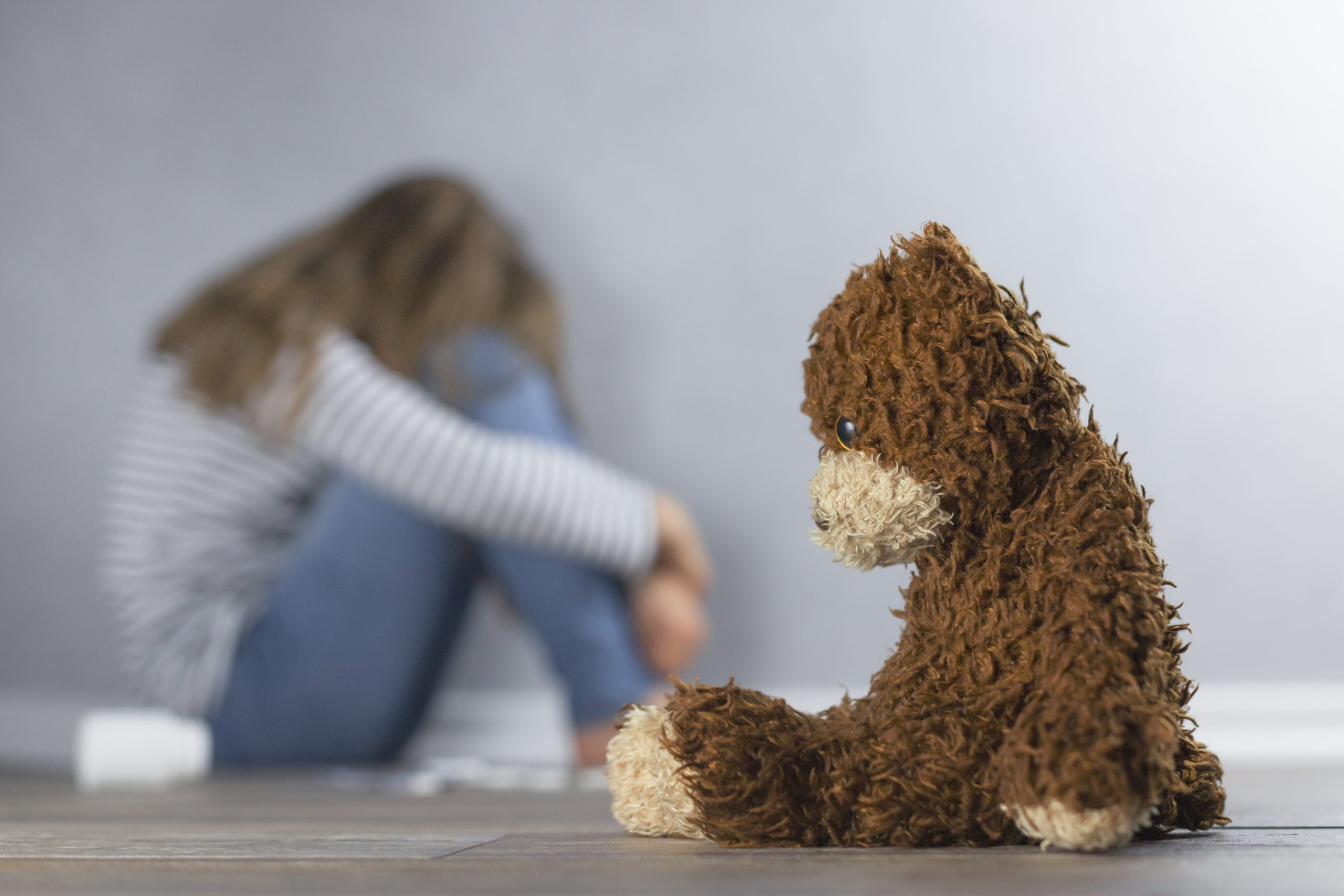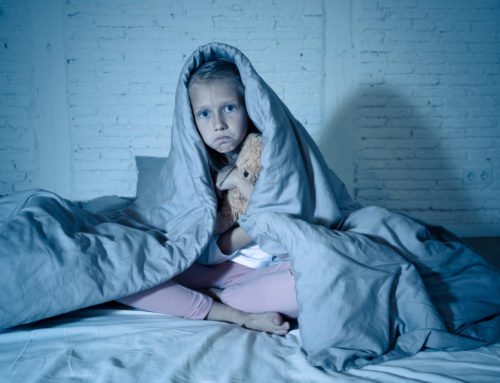By Tom McSheehy MSW, LSW
It’s Not Over Yet!
The negative affects of the pandemic on students’ mental health is not over. This is the nature of a traumatizing event or experience. During a traumatizing experience, the body’s nervous system will go into a protective, survival mode. First, when we don’t feel safe, our bodies take action to protect ourselves. If action doesn’t help us feel safe, our instincts will cause us to withdraw, get passive, and shut down.
Trauma can cause us to tighten our bodies and suppress emotions and physical sensations. Traumatic experiences and events feel threatening, and it doesn’t feel safe to fully be in our bodies because it is terrifying to feel all these uncomfortable sensations and emotions.
When the traumatizing experience or event is over, the body realizes that it is safe to relax and lets down the protective, survival mode. When the body relaxes, all the uncomfortable physical sensations and emotions that were suppressed are awakened. This can be feel very terrifying and overwhelming to children and teenagers. When this happens, they can go back to the shutdown mode.
The cycle between relaxing and starting to feel again to being terrified about what is being felt and going into shut down mode is common with trauma. You have go very slowly in feeling what needs to be felt for short moments and slowly releasing it.
It is so important to continue to do SEL on a daily basis. Doing the In Focus SEL calming techniques with your students throughout the day until school lets out. Remind your students that it is sign of strength to reach out to you or to their parents or to someone that they trust if they are having suicidal thoughts.
Take time throughout the day to check in and ask your students which of the 6 primary emotions that they are feeling and then make eye contact.
If you are interested in other ideas for the classroom to help students to deal with trauma, check your emails during the summer for updates about an online class on trauma for educators and another one class for parents.
Please take time to watch this powerful 60 Minutes story form last Sunday on the youth mental health crisis. It highlights the lack of mental health facilities and therapists for all the mental health issues that young people are experiencing.
This is why the classroom is vital right now to provide mental health support through SEL. It can help so many students feel connected, less alone, and get some coping strategies.
In some cases, SEL in a classroom will be enough support, and for other students with more severe issues like developmental trauma (abuse / neglect ), the classroom can provide enough support to keep supported until an outside therapist is available.





